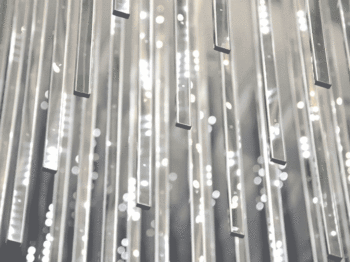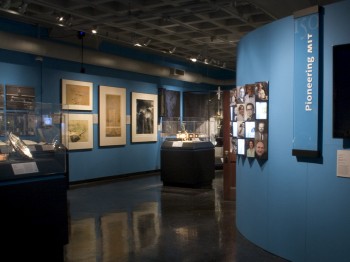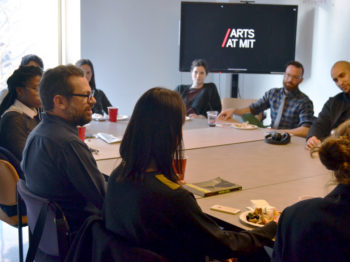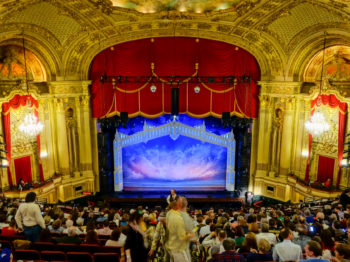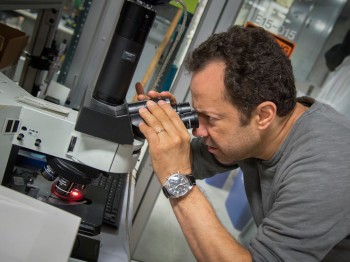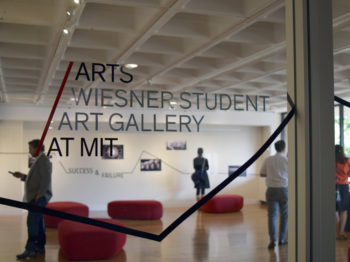The Council for the Arts at MIT underwrites MIT’s memberships at many Boston area cultural organizations, including the Museum of Fine Arts (MFA), Institute of Contemporary Art, Boston (ICA), and the Isabella Stewart Gardner Museum. Please see below for more detailed information.
The Council also helps underwrite discounted student tickets to the Boston Ballet, and provides students with information about discounted tickets to performances by several area ensembles. The Bobko BSO Ticket Fund, created by Philip and Barbara Bobko, provides discounted student tickets to BSO performances, and is administered by CAMIT.
Eligibility for the Arts Access program is restricted to current MIT students (with valid MIT Student ID) and faculty/staff (with valid MIT Employee ID). Other MIT affiliates (with Spouse ID, Alumni ID, Affiliate ID, etc.) can explore discounted ticket options available through the MIT Activities Committee (MITAC).
MIT Lincoln Lab employees: to take advantage of MIT’s University Memberships with the MFA, the ICA, and the Isabella Stewart Gardner Museum, please request an MIT Employee ID card through the Atlas Service Center.
CAMIT is unable to make any representations that these arts organizations are safe to visit. Please ensure you understand each arts organization’s access procedures, as well as MIT’s community expectations regarding COVID-19.

